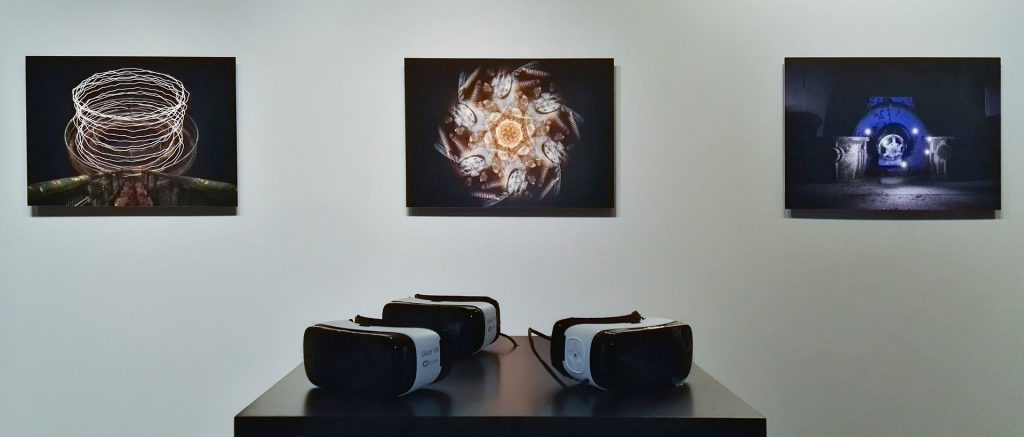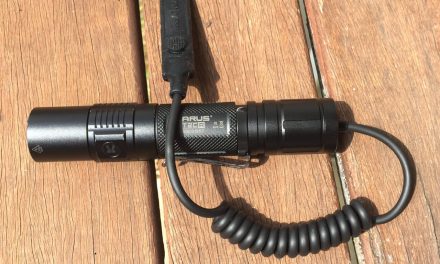
360 Light Painting – Part 2

360 Light Painting – Part 2
Since couple of months ago when I saw online the first 360 Light Painting by Mafu Fuma the 360 scene had been growing. After a little research, I found some more artists who have been experimenting with it and decided to ask them also some questions.
Here we go
Jadikan
Jadikan is a French artist with many years experience and a massive body of work.
You have been experimenting with 360 light painting for some years now. Would you like to tell us a bit about it? When did you start experimenting with this? What did you try?
I started experimenting 360 light painting somewhere in 2012. At this time there was no 360 camera, some friends company Odoxo, did virtual visit for shops and building for Google, using a fisheye lens and stitching the photo together for a full sphere.
The first “finished” project we have done was a virtual tour of a skate park in google street view (2013), you can find the story here: http://lightpaintingphotography.com/light-painting-photography/google-street-view-virtual-tour-light-painting-with-jadikan-contest/
What were the challenges/ limitations from a technical aspect? What kind of gear do you / did you use?
The main challenge with this kind of gear is to use an ambient light because of the 4 pictures which are taken one after one (stitching limitation).
I also made some tests with a rig of 6 GoPro (the model 4 allow long exposure). Quality is a less impressive because of the lenses but you can take the full sphere in one shot, and start to do stop motion (when you manage to sync all the cam 
Then, the Ricoh Theta arrived with its long exposure possibilities, a compact device (no parallax problem) that can take the full sphere in one shot and have the result directly on your smartphone/tablet. The pixel definition is not enough to have a perfect result on a computer full screen, but when you look at it in VR on a smartphone, it is quite good!
So I made 2 other projects: some 360 light painting view of a city Bonifacio to be shown in a light festival, and some 360 light painting for a personal exhibition about old hydroelectric installation. (see links at the end)
Since we also wanted to improve the quality of the result and test low light video by using and homemade rig with 4 Sony A7S2…
Where do you think 360 light painting is going in the future?
What would be your advice to people who would like to experiment with 360 Light Painting?
I don’t really know where will the 360 light painting go, but to start, I advise to use a compact 360 camera like the Ricoh. You will take more time on shooting than on your computer to understand and master the stitching
The Ricoh camera is not perfect, lack of aperture choice, very noisy when exposure is too long, and as I said, not enough pixel for a real immersion… but a good choice anyway.
Where can someone find some more of your work?
If you want to see more of my 360 artwork, you can discover it directly from my website https://www.jadikan-lp.com/visites-360/
Since all his 360 work was created to be watched as a 360 experience and not as “flat” images, Jadikan asked me to include this QR code instead of more photos of his work. With it, and a QR reader app, you can see some more of his work. You can also try this link here to see a google street view part of his work
Ulrich Tausend
When and how did you start with 360 light painting?
I was playing around with a Gear 360 for quite a while but it does not support long exposure. For an audience light painting event in Munich, I contacted 360 expert Andreas Tichon. He helped me to also capture the event in 360 with a Ricoh Theta S

dreihundertsechzig – 1000lights Lightpainting @ Kulturstrand München – 27.06.2017
It generally worked ok. But on this first try, I learned that it is hard to compose a shot which is perfect for normal perspective as well as 360. So Benjamin David (who is mimicking Bud Spencer in this shot) is too small in the „normal” perspective as we put him close to the 360 Camera.

Light painting by Ulrich Tausend (www.1000lights.de)
You can watch it also as a 360 here
What did you try so far?
I did several 360 light paintings with groups. I usually ask them to come very close to the camera. The closer the better. I then ask them to paint with lights or their cellphones.
What was the challenges/ you found from a technical and a creative aspect?
The new perspective requires a whole different way to think. It just works so differently than what I was used to. How to tell a story when everything around you is visible. It is good to have a more or less “invisible” tripod. And after the shoot comes a whole different story: the development process. It is much more important than with traditional perspectives. Panorama, tinyplanet, rabbithole or even creating a film out of a picture? The options are endless. Therefore Andreas Tichon and I created a dedicated Facebook group to discuss and share our ideas. Especially because someone may be good at shooting light paintings in 360 but not developing them or vice versa. So we came up with the #PleaseRemix idea. If (and only if) you want others to get creative with your photos you can state this specifically by adding the hashtag #PleaseRemix or #PleaseRemixInGroup and include a download link to the file. Find more info about this idea here .
You can also start right away with these pictures or by searching #PleaseRemix on facebook.
What kind of gear do you / did you use?
I got a Theta S from a friend and bought a Mijia Mi Sphere 360 for myself. The Mijia quality is great, but app and software support is not so good yet.
Where do you think 360 light painting is going in the future?
I honestly don’t know. And that makes it so exciting. One field will be 360 Light Painting video. For example Dan Chick experiments with that Check some of his results. I also recorded some files but did not have the time to work on them.
What would be your advice to people who would like to experiment with 360 Light Painting?
Take your camera and try stuff! It is a new world. If you took an interesting shot you want to share or search Ideas how to develop your pictures I invite you to our facebook group.
Are you doing also other projects except for 360 lp? Tell us a bit about it.
While it is fun to do orbs and ufos and so on, I prefer to work with people. Most of my light paintings involve people in one way or the other. I like interaction, especially with newbies who don’t know about light painting yet and therefore often have really fresh ideas. It is always exciting to see people experience the magic of light painting for the first time.
Getting to know light painting astonishes people, it often sets a creative spark in them and is a lot of fun. Spreading the word of Light Painting is my little humble way to make the world a slightly better place. Just seeing how the people react, they love it. It is pretty cool to stand in front of a huge crowd all waving lights.
I am a passionate dancer (I do Contact Improvisation). And I like to let people dance with lights.

And two days ago I did my first underwater light painting shoot. That was exciting, but also very very tricky.
Where can someone find some more of your work?
On my website, Facebook, I like to do Instagram Stories , on Twitter and Flickr.
We would like to thank both artists for their time and answers!
You can find the first part of the 360 Light painting article here.



















